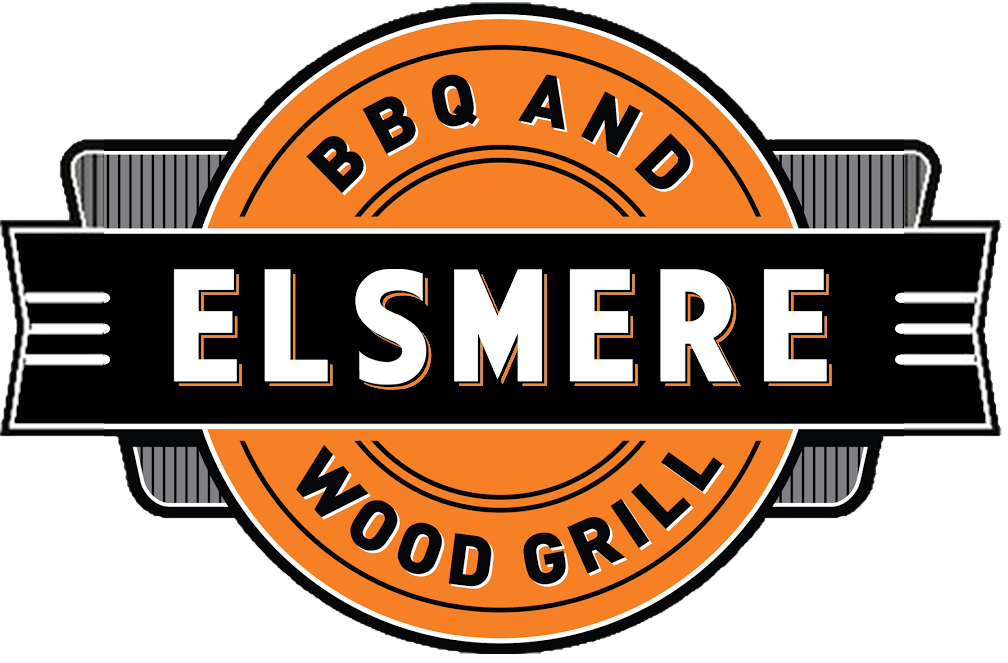There’s no doubt that you’ve heard the word “barbecue” or some variation of it at least a few times in your life. Depending on where you’re from, that word can mean very different things, and for that reason, everyone has their own unique description of the food, cooking, and dining style that falls into this category. No matter how you define barbecue, the word has a juicy history that might just leave you hungry to learn - or taste- more.
Define and Dine
Let’s start with what it means. Even though you probably think of a specific meal or flavor when you hear “barbecue”, the actual definition of the word is both a cooking style and an apparatus. Surprisingly, what is being cooked in this method, using this apparatus is irrelevant to the definition! What’s important is that the cooking involves low, indirect heat, and the flavor comes from smoking. When those two elements combined, a tasty result followed, helping the word evolve in its definition to include a social gathering where people came together to enjoy a smoky, slow cooked meal together.
The Word Itself
Like the process, food, and customs it describes, the word barbecue has proven too good to change. In fact, there are only slight differences between the many variations of this internationally recognized word. The Spanish “barbacoa” is thought by some to be the original, but similar words like “barabicu” appear in Caribbean dialects dating back even further. Many scholars believe the green wood apparatus used by indigenous peoples of the Caribbean sounded similar to the word “barbacoa” and was brought back to Europe by the Spanish. Long before instagram and food bloggers snapped pictures of every meal, people still traveled to faraway places and brought back stories about food they had enjoyed and their unique pronunciation or the process used to prepare it.
The Hardware
While modern barbecue can involve advanced smokers, spits, and grills, all of these are all just adaptations of some of the original cooking methods used in Spain, the Caribbean, Portugal, and South America. Some involved digging a deep hole with slow burning coals, while others involved a raised, rotating stick over a fire. No matter the devices used, the goal of tenderizing large tough cuts of meat and creating a smokey flavor profile could only be achieved by slow, low temperature cooking over an extended time. While various elements of the process have changed with time and region, low temperature and patience is still a key ingredient.
The Flavor
When it comes to Barbecue in America, its popularity spread like wildfire, and different regions put their own spin on the preparation - most notably in terms of flavor. Barbecue found its first American roots in the south where vinegar and molasses were commonly used to create a sauce. This recipe evolved in certain area to include ketchup, which made an inexpensive base for a flavorful sauce. While some areas loved the trend of adding a sauce, others stuck to the traditional roots and chose to highlight the natural smoky flavor using spices in the form of a dry rub.
Taste History
Barbecue’s history is complex, but in order to understand the reason why this word has had survived and flourished for centuries, you’ll have to taste it for yourself. Come enjoy barbecue in its purest form at Elsmere!

